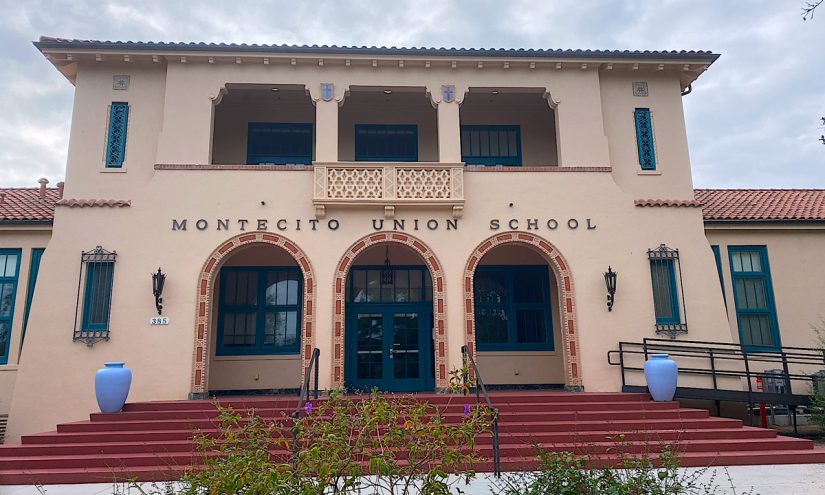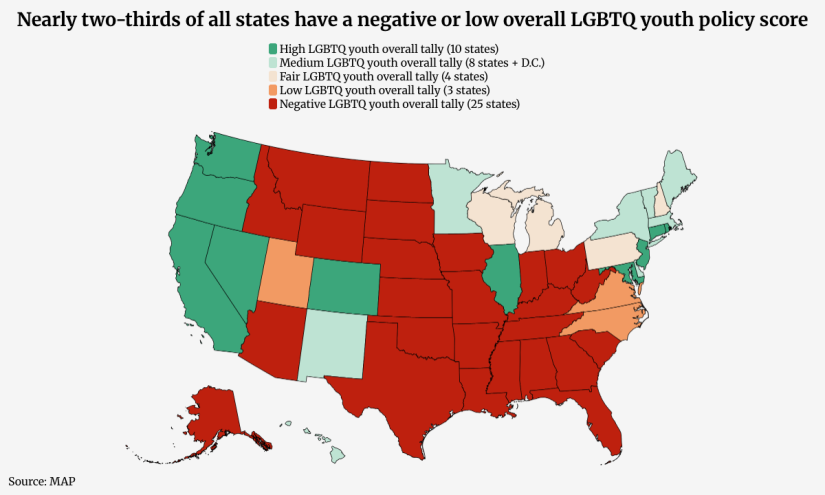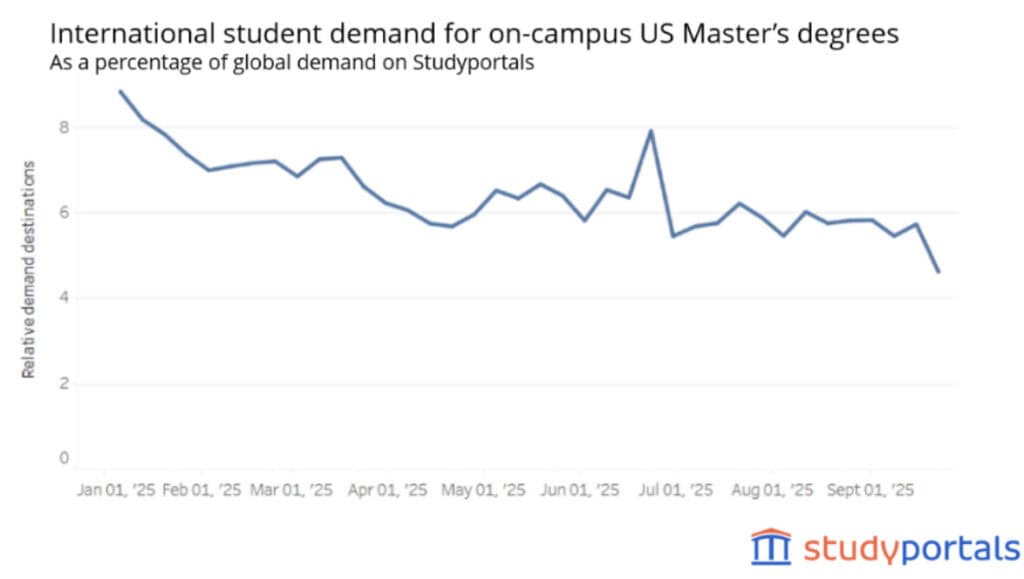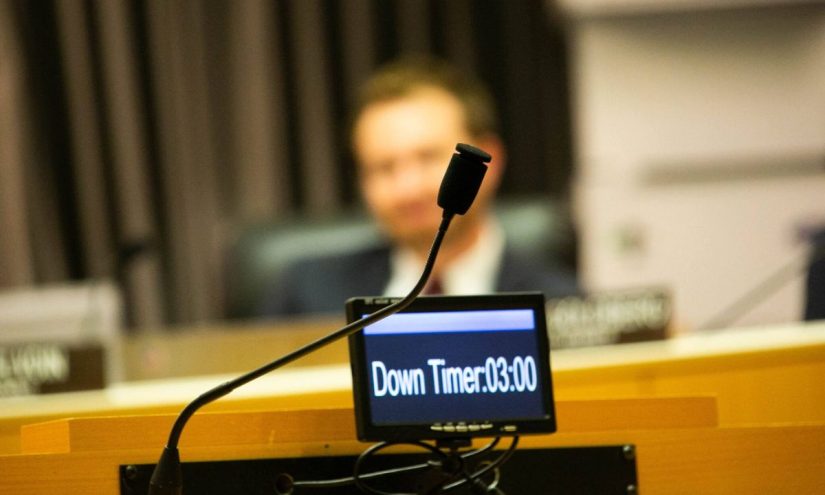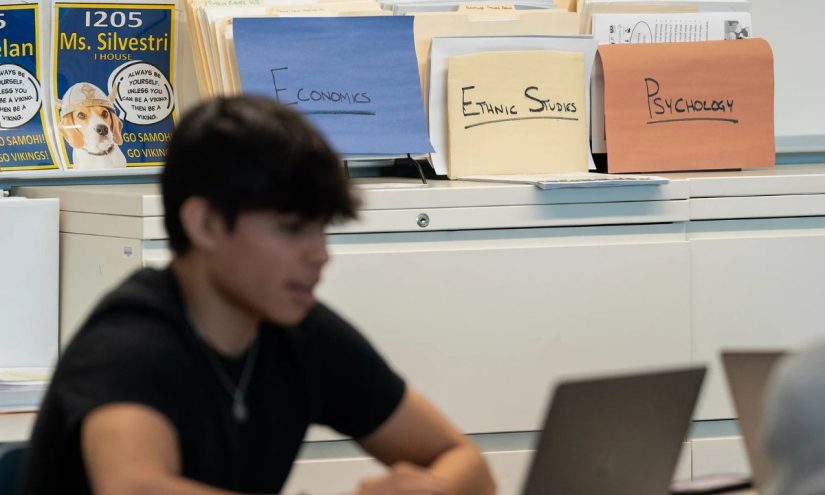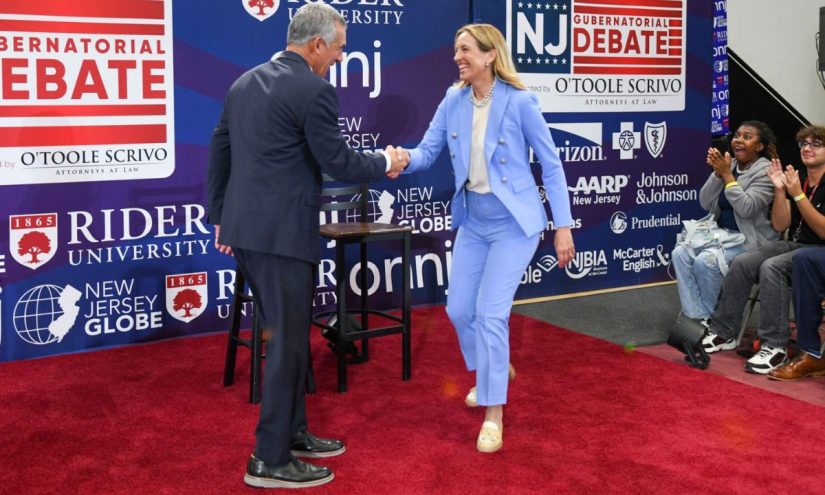Get stories like this delivered straight to your inbox. Sign up for The 74 Newsletter
On the eve of what was expected to be a long and gut-wrenching trial, a small school district in Santa Barbara County has settled a sexual abuse lawsuit for $7.5 million with two brothers, now 65 and 68 years old, who claimed a long-dead principal molested them in the 1970s.
The brothers had sought $35 million for the harm they said they suffered, an attorney for the youngest brother said.
The settlement equals about 40% of the 350-student district’s 2025-26 budget, although the district did not disclose the terms and timetable for the payment. The district’s superintendent acknowledged in a statement that there would be an impact on the budget.
Board members of the Montecito Union School District announced the settlement over the weekend. The trial was scheduled to start Monday.
The case was brought under a 2019 state law, Assembly Bill 218, that removed a statute of limitations for filing claims that employees of public agencies, including school districts and city and county governments, sexually abused children placed in their care.
Estimates suggest settlements and jury awards could cost California school districts as much as $3 billion by one projection, and possibly a lot more. Los Angeles County alone has agreed to pay $4 billion to settle abuse claims with more pending, mostly involving plaintiffs who were once in foster care.
With many larger lawsuits with multiple victims yet to be settled or go to trial, the financial impacts are hard to predict. Small districts are worried that multimillion-dollar verdicts could devastate budgets, if not lead to insolvency. Insurance costs, meanwhile, have soared by more than 200% in five years, according to a survey of districts.
In the Montecito case, the brothers were seeking $35 million in damages combined, John Richards, a lawyer representing one of them, said outside of court Monday.
Montecito is not alone in facing decades-old accusations. The San Francisco Unified School District is embroiled in an ongoing suit involving a teacher who allegedly molested a student in the mid-1960s, records show.
School boards association helps with legal fees
The Montecito case drew the attention of the California School Boards Association, which gave the district a $50,000 grant to help with legal costs, said spokesman Troy Flint.
Flint said Montecito Union Superintendent Anthony Ranii has “been a staunch advocate for AB 218 reform because he understands how this well-intentioned law carries such significant unintended consequences that compromise the educational experience of current and future students.”
Montecito Union “is just one example of what potentially awaits school districts and county offices of education statewide,” Flint added.
The settlement came just weeks after state Assembly members let a measure that would have restored a statute of limitations to such cases, Senate Bill 577, go without a vote in the final days of the legislative session. Its sponsor, Sen. John Laird, D-Santa Cruz, said he would bring it back next year.
At a brief hearing Monday, Santa Barbara County Superior Court Judge Thomas P. Anderle called the Montecito matter “a case of real consequence.” He had scheduled 17 days for trial, court records show. The district’s lawyers did not attend the hearing.
The brothers’ lawsuit was filed in 2022 and alleged that Montecito Union’s former superintendent and principal, Stanford Kerr, molested them in the early 1970s, including raping one of them. Kerr died in 2013 at 89. He never faced criminal charges.
A third plaintiff who also claimed Kerr abused him settled earlier with the district for $1 million. He had described a full range of abuse covering many types of conduct, which included rape, court filings state.
Just recompense for years of suffering
The brothers, identified in court documents as John Doe 1 and John Doe 2, pushed forward, Richards said, hoping to be compensated for years of agony. The younger of the two, Richards said, has suffered a lifetime of substance abuse, which is blamed on Kerr’s assaults.
“The money is nice,” Richards said, but the younger brother also seeks “social acknowledgment that what happened to (him) was terrible. He has a long way to go,” in recovering.
The district admitted no liability in making the settlement.
Montecito Union has no insurance coverage going back to the period the brothers said the abuse occurred — 1972 to 1978, Ranii said in a statement.
“We were prepared to mount a vigorous defense,” he said. But the possibility of a jury awarding far more than the district could afford pushed the idea of a settlement after years of pretrial maneuvering.
The superintendent’s statement did not directly address the brothers’ claims. It also did not mention Kerr.
“We are deeply mindful of the enduring pain caused by sexual abuse and feel for any person who has experienced such abuse,” Ranii said in the statement.
A large award in the event of a trial would have “diminished our ability to serve students now and well into the future,” Ranii said. “Continued litigation created exceptional financial vulnerability. Settling now allows us to stabilize operations and remain focused on today’s students.”
Montecito is an unincorporated oceanfront community just south of Santa Barbara in the shadows of the Santa Ynez Mountains. Its residents include Oprah Winfrey and Prince Harry and Meghan Markle. The district is one of the state’s richest, with more than $40,000 per student in funding due to tax receipts from high-value properties.
The district will manage the costs through a hiring freeze, staff reductions “when natural attrition occurs,” and redirecting “funds previously designated for capital repair,” Ranii said. The settlement allows the district to avoid layoffs, he said.
The brothers’ case was built around the testimony they would have given about Kerr’s abuses, Richards said. There was no physical evidence. At one point, a district employee went to the brothers’ home and forced their parents to sign a document requiring them to make sure the boys came right home after school and avoided Kerr, according to court filings.
Richards said the district did not produce such a document in discovery. It had no records that the boys ever attended the school, he said, although their photos appear in yearbooks. The district also had no records that Kerr ever faced accusations of abuse or sexual misconduct.
Two school board members from Kerr’s time as superintendent said in depositions taken for the brothers’ suit that they would have taken action had they known he was abusing students, Richards said. But with the case settled, the elderly former members won’t be called to testify.
All that remains is a final hearing that the judge scheduled for Nov. 19 to make sure the payment has been received “and that the check’s been cashed,” he said.
Editor-at-Large John Festerwald contributed to this story.
This story was originally published by EdSource. Sign up for their daily newsletter.
Get stories like these delivered straight to your inbox. Sign up for The 74 Newsletter

